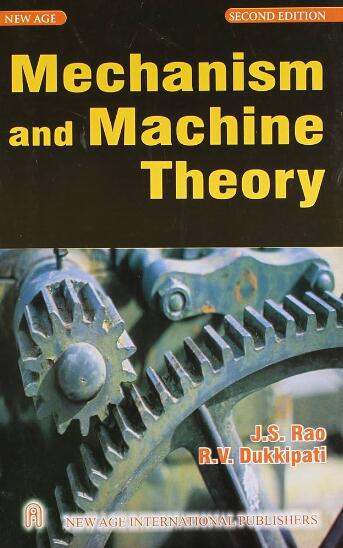Integrating Kronecker product and principle of transference to solve the hand–eye calibration problem
IF 4.5
1区 工程技术
Q1 ENGINEERING, MECHANICAL
引用次数: 0
Abstract
Hand–eye calibration, a typical problem in robotic kinematics, can be abstracted as solving the kinematic equation . The current closed-form solutions can be categorized into two aspects: the algebraic representation of the kinematic equations and computational methods. Applying the Lie group’s homomorphism theorem allows one to easily establish a theoretical framework for kinematic equations. While introducing the principle of transference can strengthen the current theoretical framework in terms of both equation representations and computational methods. With the motivation of creating a closer theoretical framework, a new method is proposed in this paper. First, it is applied the principle of transference to verify the Kronecker product of dual matrices. Further applying it to hand–eye calibration to re-prove the sufficient and necessary condition for the existence of a unique solution. The proposed proof process differs from existing work by simultaneously addressing rotation and translation, directly embodying the principle of transference. Subsequently, a simultaneous closed-form solution is proposed, involving geometric interpretation and algebraic analysis. Finally, the feasibility and superiority of the proposed method is verified in experiments. The proposed method achieves a rotation error of and a translation error of 1.07 mm, outperforming the reference methods.
结合克罗内克积和迁移原理解决手眼标定问题
手眼标定是机器人运动学中的一个典型问题,可以抽象为求解运动学方程AX=XB。目前的闭式解可分为两个方面:运动方程的代数表示和计算方法。应用李群同态定理可以很容易地建立运动方程的理论框架。而引入移情原理可以在方程表示和计算方法方面加强现有的理论框架。为了建立一个更紧密的理论框架,本文提出了一种新的方法。首先,应用迁移原理验证对偶矩阵的Kronecker积。进一步将其应用于手眼标定,重新证明了唯一解存在的充要条件。拟议的证明过程与现有工作的不同之处在于,它同时解决了轮换和翻译问题,直接体现了转移原则。在此基础上,提出了一个包含几何解释和代数分析的同时封闭解。最后,通过实验验证了该方法的可行性和优越性。该方法的旋转误差为0.07°,平移误差为1.07 mm,优于参考方法。
本文章由计算机程序翻译,如有差异,请以英文原文为准。
求助全文
约1分钟内获得全文
求助全文
来源期刊

Mechanism and Machine Theory
工程技术-工程:机械
CiteScore
9.90
自引率
23.10%
发文量
450
审稿时长
20 days
期刊介绍:
Mechanism and Machine Theory provides a medium of communication between engineers and scientists engaged in research and development within the fields of knowledge embraced by IFToMM, the International Federation for the Promotion of Mechanism and Machine Science, therefore affiliated with IFToMM as its official research journal.
The main topics are:
Design Theory and Methodology;
Haptics and Human-Machine-Interfaces;
Robotics, Mechatronics and Micro-Machines;
Mechanisms, Mechanical Transmissions and Machines;
Kinematics, Dynamics, and Control of Mechanical Systems;
Applications to Bioengineering and Molecular Chemistry
 求助内容:
求助内容: 应助结果提醒方式:
应助结果提醒方式:


